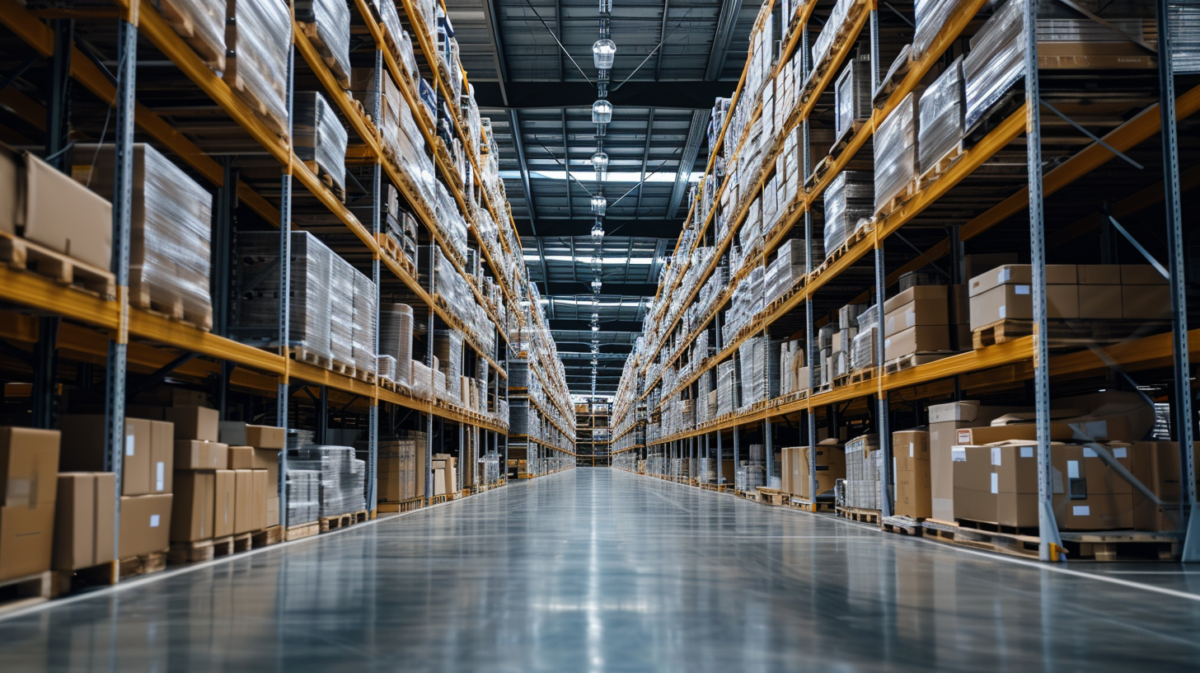In the ever-changing landscape of logistics and supply chain management, the introduction of Artificial Intelligence (AI) and automation has redefined the rules. The advent of AI-driven robots and Automated Guided Vehicles (AGVs) is not just a futuristic concept but a present-day reality reimagining warehouse operations globally. This technological revolution is reshaping how goods are stored, picked, packed, and shipped, ushering in an era of unprecedented efficiency and productivity.
1. The Role of AI in Modern Warehouses
a. Enhancing Efficiency with AI-Driven Robots
AI-driven robots are at the forefront of this transformation. These intelligent machines are designed to navigate vast warehouse spaces with precision, performing tasks that were traditionally done by human workers. They can swiftly locate items, accurately pick them, and transport them for packing or shipping. This automation significantly expedites the picking and packing process, one of the most time-consuming aspects of warehouse operations.
b. Minimizing Errors and Maximizing Productivity
One of the most significant advantages of using AI in warehouses is the substantial reduction in errors. Manual processes, no matter how meticulously executed, are prone to mistakes. AI-driven robots are programmed for precision. They follow exact parameters and make decisions based on real-time data, thereby minimizing the margin of error. This precision not only ensures accuracy in operations but also contributes to a significant increase in overall productivity.
2. The Emergence of Automated Guided Vehicles (AGVs)
a. The Functionality of AGVs in Warehouses
Automated Guided Vehicles or AGVs are another critical component of warehouse automation. These self-operating vehicles are designed to transport goods within the warehouse efficiently. Equipped with sensors and navigation technologies, AGVs can move and transport items without human intervention, following predefined paths or using real-time data to navigate through the warehouse.
b. Improving Safety and Operational Efficiency
AGVs play a pivotal role in enhancing safety in warehouse operations. By taking over tasks that involve moving heavy loads, they reduce the risk of workplace injuries associated with manual handling. Additionally, their precision and consistency in operation help maintain an orderly flow of goods, thereby improving overall operational efficiency.
3. The Impact of Automation on Human Workforce
a. Shifting Focus to Strategic Tasks
A common misconception about automation is that it replaces human workers. In reality, automation in warehouses is freeing up human workers to focus on
more strategic and complex tasks. While robots and AGVs handle repetitive and labor-intensive tasks, human employees can concentrate on areas such as inventory management, quality control, and process optimization. This shift not only enhances job satisfaction but also adds more value to the human workforce in the logistics sector.
b. Creating New Opportunities
The integration of AI and automation in warehouse operations also opens up new opportunities for skill development and career advancement. Employees now have the chance to learn and work with cutting-edge technology, acquiring skills that are highly valued in the modern job market. This evolution in skill requirements is leading to the creation of new job roles that focus on technology management, data analysis, and system optimization, heralding a new era in the workforce landscape.
Embracing the Future of Warehousing
The automation of warehouse operations through AI and AGVs is not just a trend but a necessary evolution in the face of growing global demand and the need for efficiency. As we continue to witness advancements in technology, the role of automation in warehouses will only become more pronounced, making it an indispensable part of the logistics and supply chain industry. Businesses that embrace this technological revolution will undoubtedly stay ahead in the curve, reaping the benefits of increased efficiency, accuracy, safety, and productivity. The future of warehousing is here, and it is automated, efficient, and smarter than ever.
